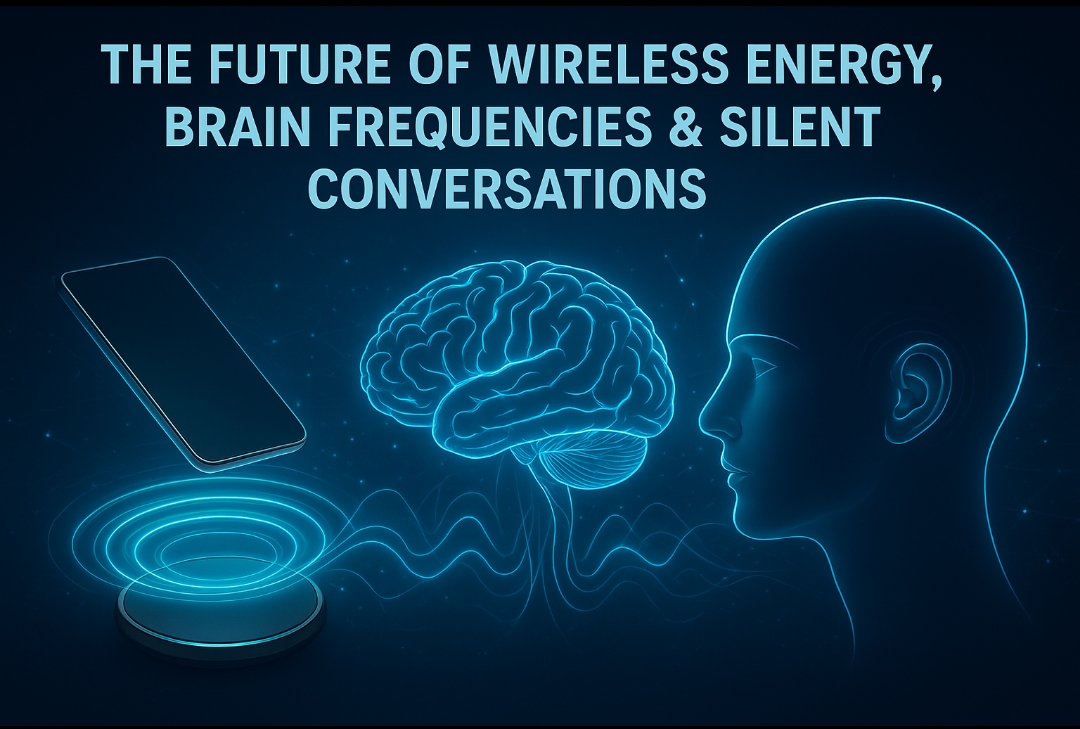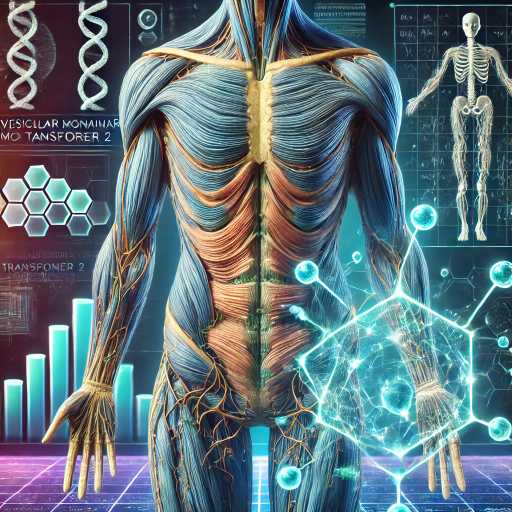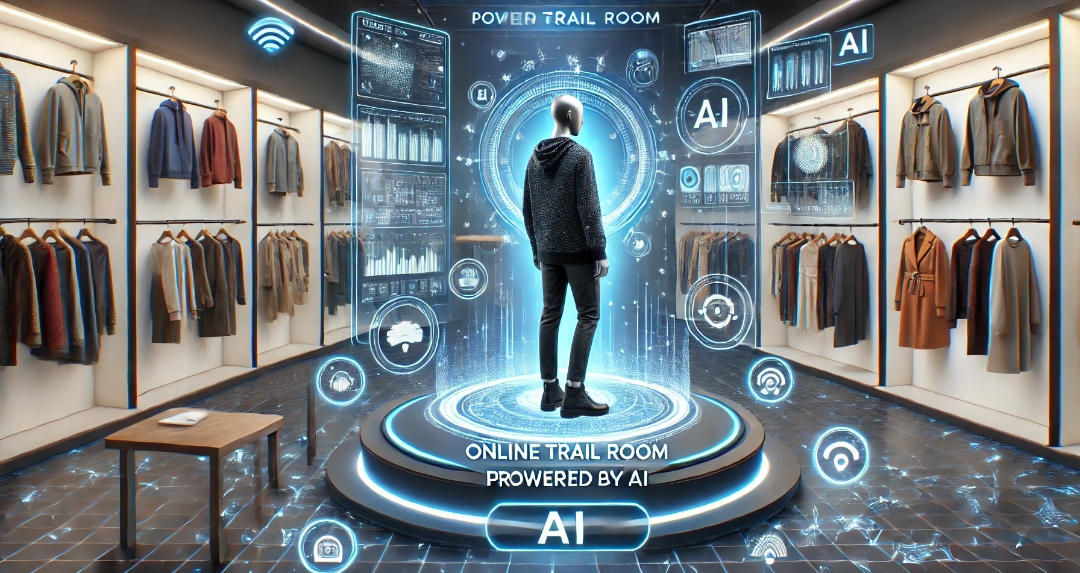Image Technology Disrupting Health-Care Futurism: A Scientific Perspective
Advances in image technology are revolutionizing the field of healthcare, with the potential to disrupt current practices and transform the way we think about medical care. From telemedicine and remote consultations to precision medicine and personalized treatments, the integration of image technology is opening up new possibilities for diagnosis, treatment, and prevention of diseases.
One of the most exciting developments in this field is the use of artificial intelligence (AI) and machine learning to analyze medical images. With the ability to process vast amounts of data and identify patterns that might not be apparent to human eyes, these technologies are revolutionizing the field of medical imaging, enabling earlier and more accurate diagnoses of a wide range of conditions.
The potential for AI in medical imaging is vast, from early detection of cancer to identifying genetic markers for diseases such as Alzheimer’s and Parkinson’s. With the use of deep learning algorithms and neural networks, these technologies can analyze medical images in real-time, providing doctors with real-time insights into the health of their patients.
Another area where image technology is disrupting healthcare is in the field of telemedicine. By allowing patients to access medical care from the comfort of their homes, telemedicine is breaking down barriers to access and improving outcomes for patients in remote or underserved areas. This technology is particularly useful in areas where access to medical care is limited or where patients are unable to travel to medical facilities.
In addition to improving access to medical care, telemedicine is also reducing costs and increasing efficiency in the healthcare system. By reducing the need for in-person visits, telemedicine is saving time and resources for healthcare providers, while also reducing the need for expensive medical equipment and facilities.
Another area where image technology is transforming healthcare is in the field of precision medicine. By combining medical imaging with genomics and other forms of data, precision medicine is enabling doctors to tailor treatments to individual patients, based on their unique genetic makeup and other factors. This approach is leading to more effective treatments and better outcomes for patients, while also reducing the risk of adverse reactions to medications and other treatments.
Despite the many benefits of image technology in healthcare, there are also challenges and risks associated with its use. One of the biggest challenges is ensuring the accuracy and reliability of AI algorithms and machine learning models. As these technologies become more complex and sophisticated, there is a risk of bias and errors that could have serious consequences for patient care.
Another risk associated with the use of image technology in healthcare is the potential for data breaches and cyber attacks. With the increasing amount of sensitive data being collected and analyzed, it is crucial that healthcare providers and technology companies take steps to protect patient privacy and prevent unauthorized access to medical records.
In conclusion, image technology is disrupting healthcare futurism in exciting and innovative ways, from AI-powered medical imaging to telemedicine and precision medicine. As these technologies continue to evolve and advance, they have the potential to transform the way we think about healthcare, improving access, reducing costs, and increasing efficiency. However, it is important that we approach these developments with caution and care, ensuring that patient safety and privacy remain a top priority.
For more information check out below link:
#Image #Tech #Disrupts #Healthcare #Futurism #drsanjayrout #nft #metaverse













